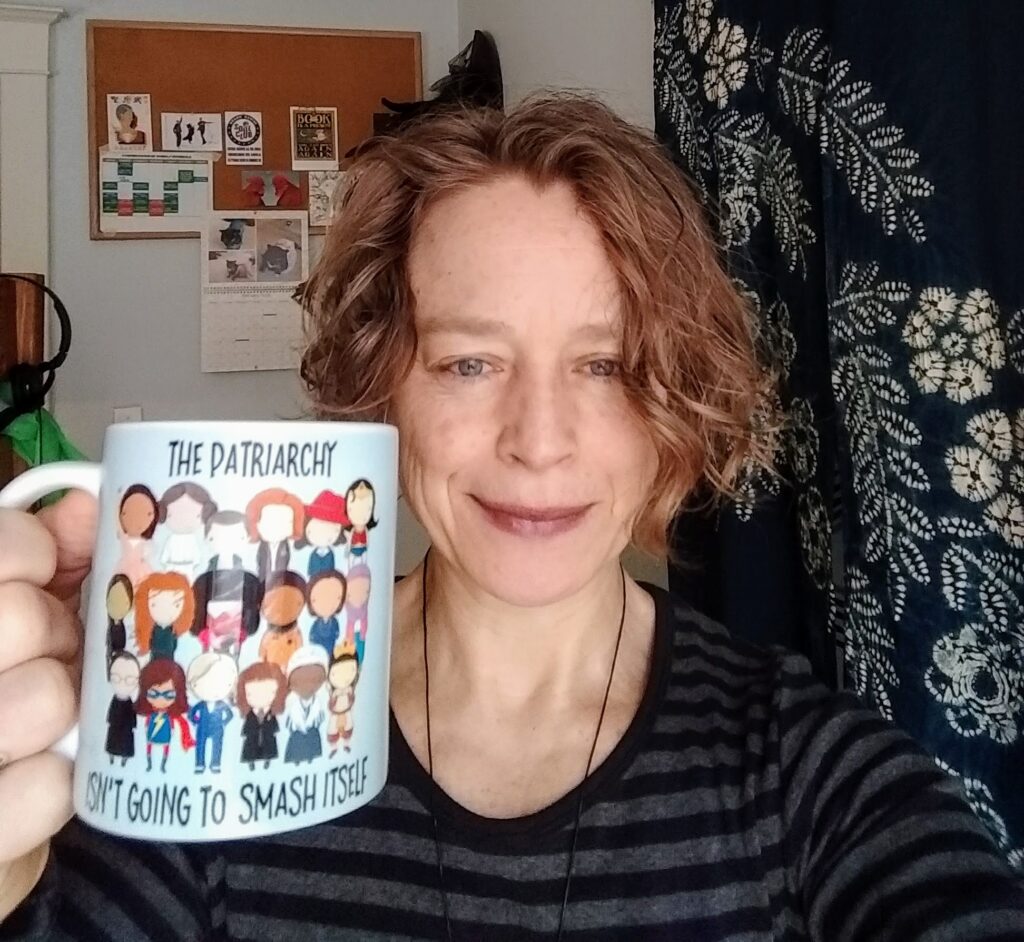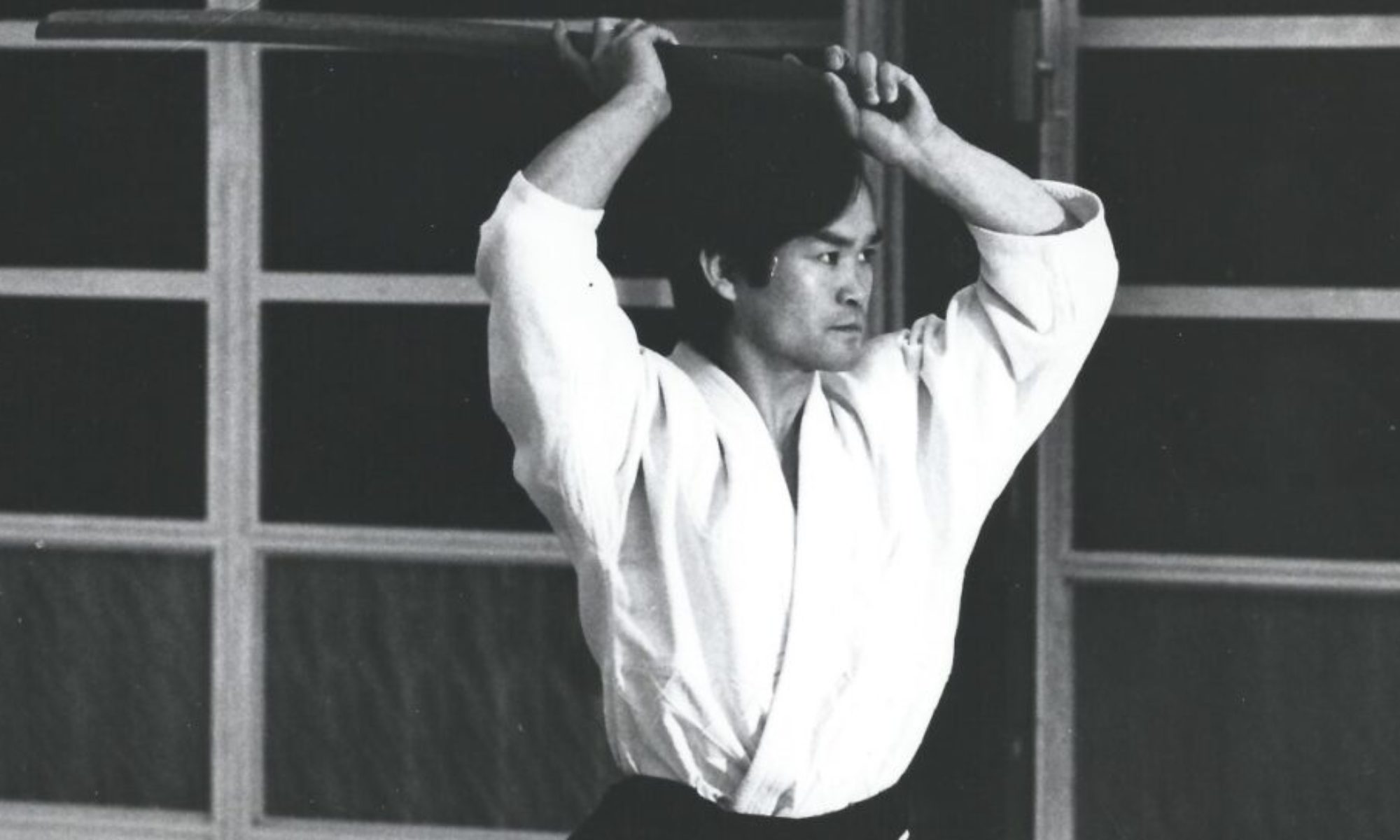Roo Heins, Kalamazoo Aikikai – Mitsubachi Dojo
I am not sure what the “spirit of Aikido” means; whatever my idea of it is, that is likely to be utterly different from another practitioner’s understanding. But I think Aikido, as an art, can be learned anywhere. Aikido starts with the self and spreads from there. It has nothing to do with nationality. In my experience, Japanese people are not inherently disposed to be “better” at Aikido than, say, Russian people, or Canadians, or Puerto Ricans. Committed practitioners who train diligently will synthesize the art with their own experiences and culture, and will share the resulting understanding with others. Through openness, rigorous practice, and unrelenting effort at improvement, Aikido can take root in any community. In Birankai, for example, there are dojos that have been around for decades, which have developed skilled practitioners and truly made Aikido a living part of their community. Outside our organization, as well, I have seen plenty of evidence that a dedicated teacher can transmit Aikido effectively in both form and spirit.
I spent the winter of 2011 in Louisville, Kentucky, where there are no Birankai dojos. I was still recovering from an injury sustained the previous summer, so I was skeptical that I would find a place to practice Aikido safely and with integrity. I found a small dojo at the University of Louisville headed by a man in his sixties who had been a close student of Tohei Akira sensei in the seventies in the Chicago area. He had a couple of senior students—a shodan and a nidan—but most of the people on the mat were beginners, university students, and it being a university dojo, the turnover rate was high. The dojo is affiliated with the USAF now, perhaps because the instructor is married to a woman who has been a student of Yamada sensei since the early 1970s.
Of course, the techniques and focus in this dojo were very different from those I had seen both within Birankai and at Hombu dojo. But what really impressed me was how completely this teacher had absorbed Tohei sensei’s technique and made it his own. He had clearly spent the twenty years or so since he had left his teacher’s side chewing on what he had been taught, tearing it down, figuring out, and making it his. Different as they were in focus and execution from what I am used to and what I can do, his waza were highly effective and, to my eyes, beautiful to see. And though I have never seen Tohei sensei in person, I have no doubt that this man embodied Tohei sensei’s technique. So here is the point I am trying to make: this man had studied closely under his teacher—who, like Chiba sensei, was one of the early Japanese shihan to come to the U.S.—and even after his teacher’s passing and all the political upheaval that followed, kept following the path that his teacher had shown him, never forgetting the things he had been taught, and never giving up on trying to figure them out. His example shows me that, in the inevitably difficult times that will follow our own teacher’s departure from this sphere, it will certainly be possible for us to keep walking the path Chiba sensei has opened, allowing his Aikido to take root here, through us.
I also took note of the students this man was creating. Again, they weren’t Birankai students—the emphasis we place on weapons and ukemi were not a part of his dojo—but, nonetheless, he had planted in them the seed of what he possessed; I mean, he had managed to effectively transmit his teacher’s philosophy, approach, and technique to his (American) students. Perhaps this is an even rarer achievement than his first feat of synthesizing these things himself.
In any case, my experiences have shown me that both within Birankai and without, Aikido can not only take root, but bear fruit. Furthermore, I have no doubt that the unique trust and fellowship that exist between many Birankai teachers, especially in my generation, will serve us well as we labor to make our Aikido flourish in American soil.

Editor’s note: this article was submitted as an essay for the author’s shidoin recertification test in 2012. The assigned topic was “Do you think the spirit of Aikido can take root in this country into the future?”

<3<3<3